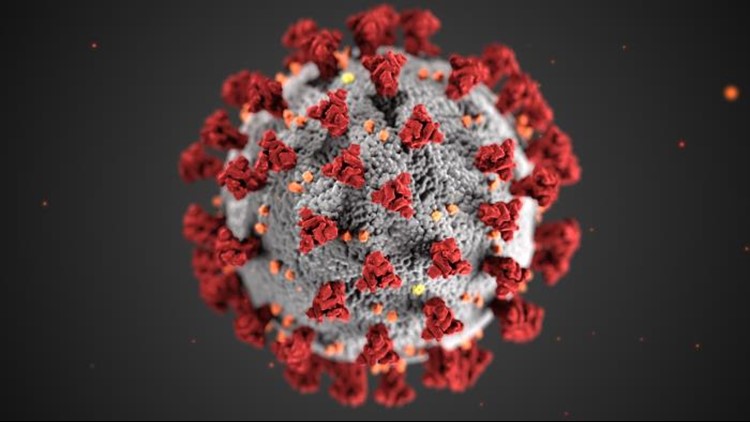MULTNOMAH COUNTY, Ore. — Oregon Gov. Kate Brown announced on Friday that Multnomah County has returned to the COVID-19 County Watch List.
Multnomah County had been removed from the Watch List on Aug. 28 and the announcement of its return to the list comes on the same day as a record-setting 550 new COVID-19 cases in the state were reported.
The county is still in Phase 1 of reopening, along with the other two counties it is grouped with, Clackamas and Washington. Of the three counties, Multnomah is the only one to return to the list at this time.
"Today marks the second time a county has been added back to the Watch List, as well as our state's highest reported case count since the beginning of the COVID-19 pandemic," said Governor Brown. "This is a sobering reminder that we cannot let down our guard. We must continue to be vigilant in protecting ourselves, our families, and our neighbors from the spread of this disease.
"With cold and flu season upon us—as well as the holidays—I am urging all Oregonians to continue following the advice and guidance of our medical experts. This means continually practicing physical distancing, wearing face coverings, washing your hands often, and staying home when sick. Unfortunately, this also means limiting travel and family and social get-togethers."
The most recent county, before Multnomah, to be added was Lane County on Oct. 16. Counties are placed on the Watch List when the virus is spreading quickly and public health officials cannot trace the spread sources.
Health officials had previously warned that small gatherings and the apparent overall relaxation of Oregonians on the COVID-19 guidelines were to blame for the spike.
Counties remain on the Watch List for at least three weeks, and until their sporadic case rates drop below five cases in two weeks. Sporadic cases are those in which the source cannot be traced and they are indicative of community spread. In order to be placed on the Watch List, a county must also have a rate of 50 sporadic cases per 100,000 people in the last two weeks.
The Watch List allows Oregon to prioritize resources and assistance to the counties that have a more broad spread of COVID-19. The Oregon Health Authority is also able to increase monitoring and communication in that county and allocate more help.
The complete County Watch List now includes the following four counties: Lane, Malheur, Multnomah, and Umatilla.
A statement was released by Multnomah County expression frustration with being placed back on the COVID-19 Watch List:
Multnomah County is frustrated that the Oregon Health Authority has again placed Multnomah County on the Watch List of Oregon counties experiencing a high level of sporadic spread of COVID-19. We know that cases are increasing in Multnomah County as they are across the nation.
And we know that cases in our County will increase as we test more people and as we head inside for winter. That’s all the more reason for the state to update its framework to help the Tri-County region become more nimble and consider different approaches.
We believe the Watch List does little to help the County and Metro region address the virus more effectively, or lift the burden on parents and teachers dealing with closed schools or on businesses struggling with a shuttered or limited marketplace. It is part of an early response framework that needs to adapt to months of learning about how best to balance risk of the virus with other long-term health needs of our constituents, especially among Black, Indigenous and other communities of color.
When the County was first placed on the Watch List Aug. 3, we sought the system changes and financial support needed to improve our public health response and population behavior. The State rejected all of these suggestions.
We ask again for the State to: 1) streamline certain parts of COVID19 outbreak reporting, 2) look broadly at the effectiveness of case notification and contact tracing in actually slowing spread, and 3) use their statewide data to inform how business and schools can safely reopen.



